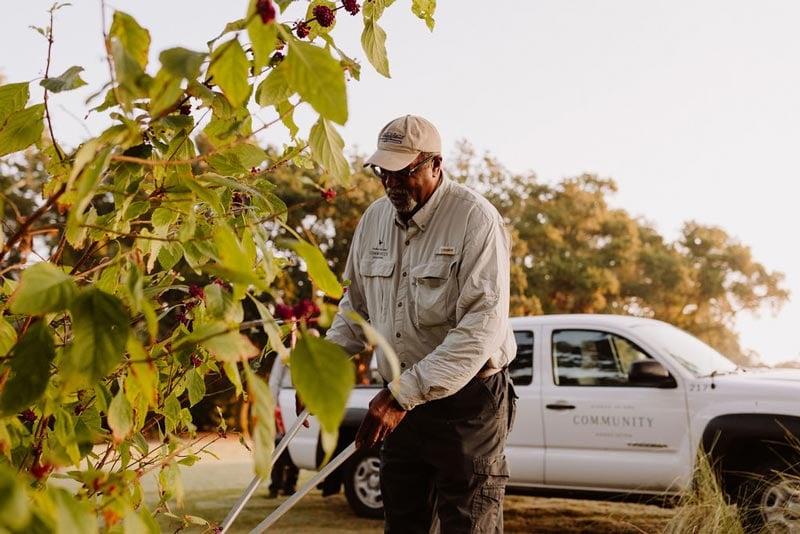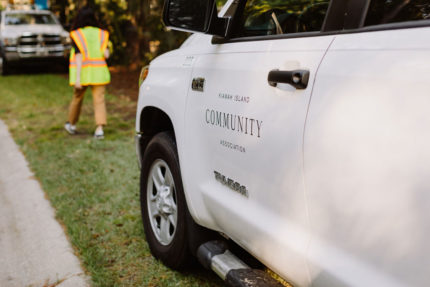Sep
13
2008
From The Blog
Captain Bluebird And His Birdhouses
It would be hard to find someone on Kiawah who does not know that “Captain Bluebird” is none other than Bill Blizard. Five years ago, Bill inherited from Dale Anderson, the responsibility of monitoring the 185 bird houses scattered all over Kiawah Island. Today, Bill and his crew of 25 volunteers manage over 210 birdhouses (including houses at the Ocean Course and the Sanctuary), where chickadees, bluebirds, Carolina wrens and other species nest.
The job of the volunteers is to check the bird houses periodically and report to the “Captain” about the number of eggs that they find and to deduce from the nesting material what kind of birds inhabit the houses. This requires knowledge of what kind of nesting material each species of bird normally use. For example, chickadees use green moss, bluebirds use pine straw, and Carolina wrens use grass, twigs and anything else they can find to use.
The volunteer program started in 1988 by members Bob Cowgill and Glen and Joan Smith. At its inception, the program only consisted of 15 bird houses. Along the way, Joe and Linda Pezzullo and Jim McRae began their faithful service to this project. In 2005, more houses were added in eight locations: Cougar Point, Osprey, River, Turtle Point and the Ocean Course, as well as the Preserve, Night Heron Park and the Sanctuary.
At the end of each year, Bill prepares a report, which includes the volunteers’ findings (e.g. the number of eggs, species of birds nesting in the houses, and an estimate of birds hatched.) The report is then filed with the Town of Kiawah Island’s Biologist Jim Jordan and distributed to all of the volunteers. Last year, 229 nests were built and 1,059 eggs were counted. The volunteers estimated that 846 birds were hatched.
Cornell University’s School of Ornithology has been conducting extensive research on birds, and its findings are used by Bill and his volunteers to guide their activities. Cornell suggests that the
“inverted cones” now used to protect bird houses from predators should be updated with stovepipe-like cylinders called Stovepipe Predator Baffles. These are designed to protect the bird houses from predators, especially snakes. So don’t be surprised if you see cylinders rather than inverted cones under the bird houses. They are the latest feature to embellish the nests.
The most recent development in the area of Kiawah bird nests is nest boxes for owls – primarily for Screech and Barred owls. Association member Wayne Stinson has the specifications to build houses for owls and builds and sells these houses to those interested to have them in their backyards. He has already sold 12 of them to a number of members.
For more information on bird houses on Kiawah, please contact Bill Blizard at 843-768-3303. Also, Bill has a small number of bird houses available, which can be bought for $30 each, including installation on the buyer’s property by one of his volunteers. Birdhouse sales sustain the project. Bill says,“The Kiawah Naturalist Group has been proud to be the sponsoring body for the bird house program, especially in this, the 20th year of continuous dedication to the birds.”
Bill has a number of leaflets on attracting bluebirds and on giving these birds a home to call their own. The leaflets are free, and anyone interested can find them at Bill’s garage door at 736B Virginia Rail.

